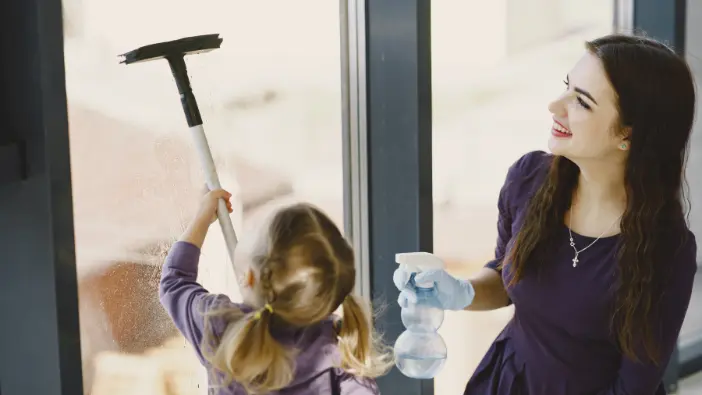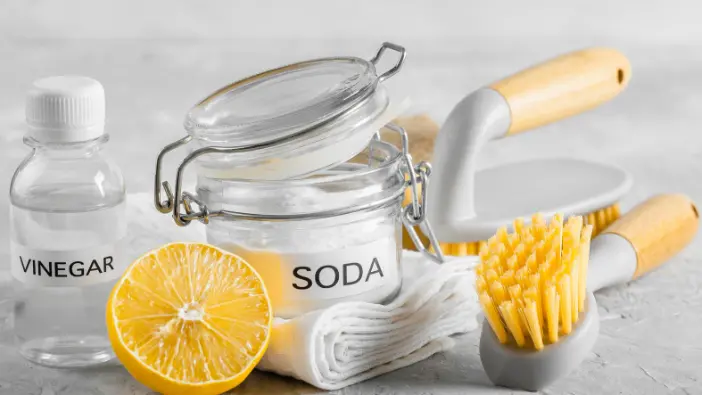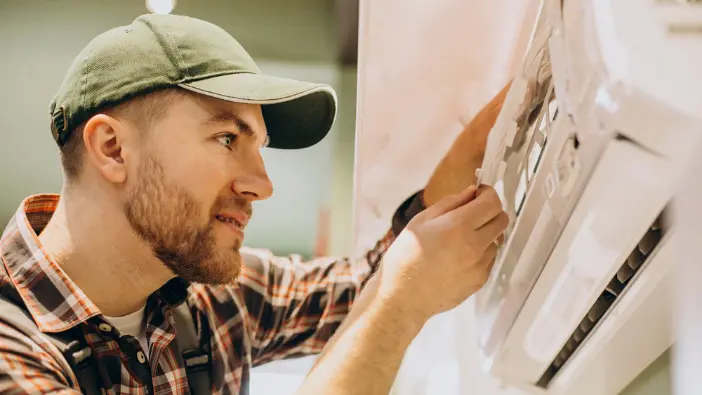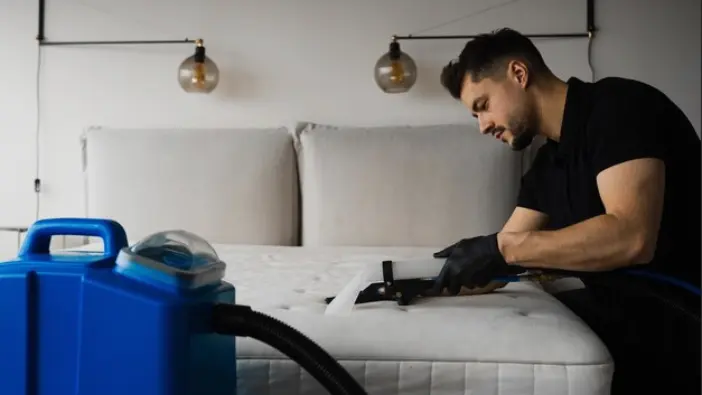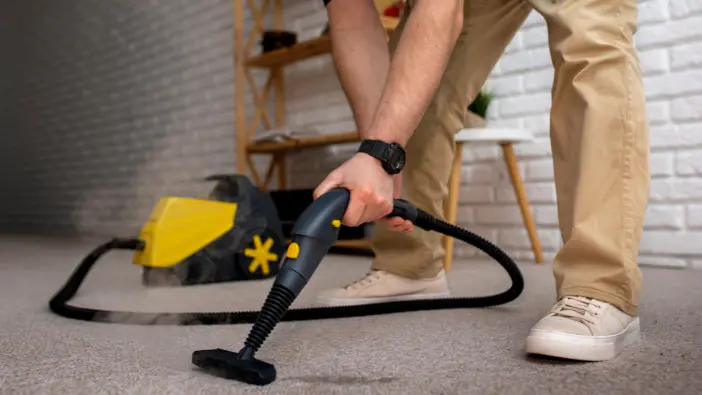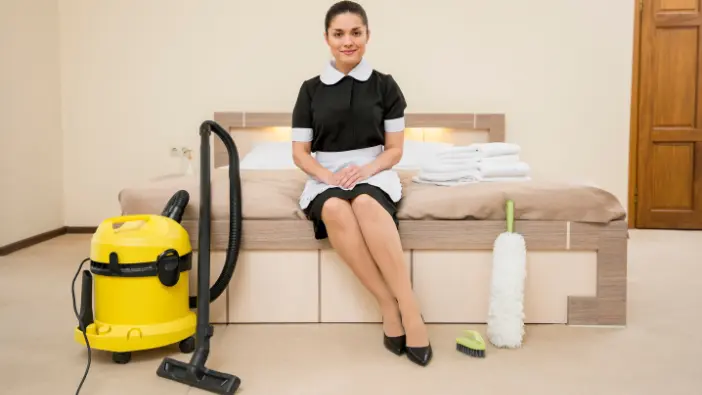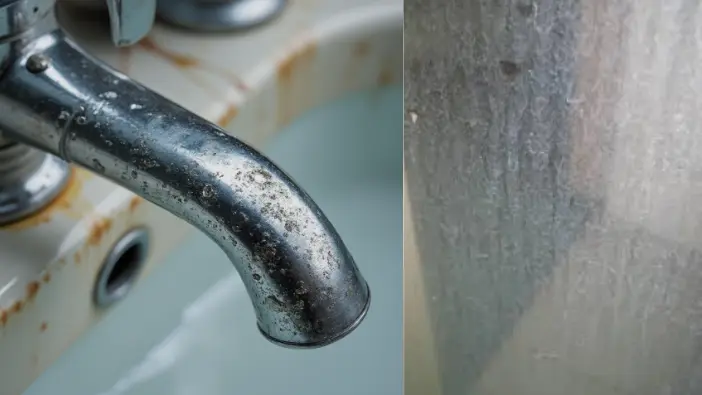Having clean pillows is essential for your general well-being. Over an extended period, pillows gather dirt, sweat, and allergens, harming health and affecting sleep quality. It is recommended that pillows be washed from time to time. Doing so makes the pillows fresh and, in several instances, improves their durability. In this article, we will familiarize you with the procedures for cleaning different kinds of pillows and how to care for them.
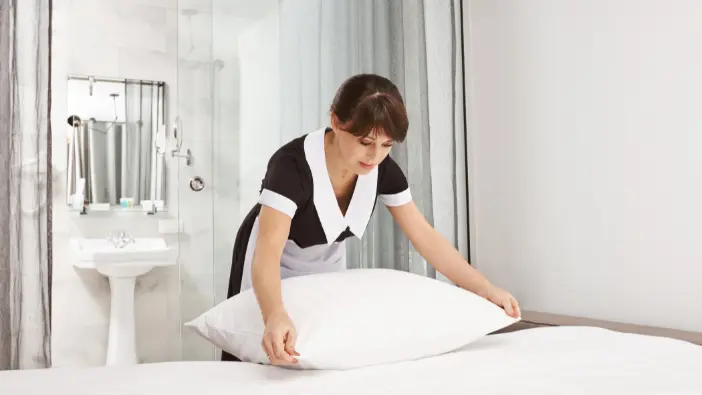
Importance Of Washing Pillows
On the first impression, pillows may look clean, but they are hidden with layers of bacteria and dust. As time progresses and the pillow gets older, dust mites, sweat, and dead skin cells interact with it, making it less usable and not good for a person’s health. This unhealthy interaction causes allergies, unpleasant odors, and, in severe cases, damage to your skin.
Different Pillows Have Different Cleaning Techniques
The pillows you use come in various materials, each requiring a specific set of instructions for cleaning. Knowing how to clean the pillow material you possess is the first step in your pursuit of greatness.
How to Take Care of Feather and Down Pillows
Pillows made of feather and down can be quite relaxing to sleep on. However, their cleaning process is complicated as they are fluffy and retain memory. Washing them in a washing machine can be possible, but always select a gentle washing cycle with warm water. Only use them if you are confident the pillows won’t leave residue in the wash. Remember to use a tiny amount of soap and gently apply it to the pillow. This practice will eliminate all clumping and help preserve the cushion’s original texture.
How To Clean A Memory Foam Pillow Cover
Unlike feather pillows, memory ones cannot go in the washing machine as they are made from foam. This is why, if you own a memory foam pillow, use dry cleaning only. If you spot a stain on the pillow, dampen a cloth and apply a gentle solution with only a tiny amount of detergent. However, ensure you do not scrub it too hard, as it might damage the foam. This practice will help to keep sweat odor away and make it smell and look good.
How to Clean Polyester Pillows
Polyester, on the whole, is a fabric that does not attract stains and absorbs very little dirt. Polyester pillows are fairly simple to scrub and clean. Some of them can even be tossed into washing machines. It is best to use a warmer setting when washing two pillows at a time with some mild detergent. This step allows the polyester padding to become more even, and after that, it can be placed in a tumble dryer. When spun, a low temperature must be set, as it is a delicate piece of fabric. When usage is to start, ensure the pillows are dried out completely.
How to Clean Latex Pillows
Since they’re a little more expensive, although they are durable and quite tough, they do require some attention during the cleaning process. Furthermore, as all pillows go, when cleaning non-washable pillows, spot-clean them with a damp cloth. This is then followed by using a neutral detergent. The latex pillow must be reapplied after lightly wiping the area that needs to be cleaned. Air the moist pillow out in a clean area. Latex pillows should not be placed under the sun’s direct heat, as they could be damaged.
Step-by-Step Guide to Cleaning Pillows
These steps have proven to work wonders in achieving the purpose of washing any pillow efficiently.
Preparing Your Pillows for Cleaning
Always check the pillow label before washing, indicating whether the pillow can be washed. Also, Remove any pillowcases or covers, as they must be washed separately. Stain the pillow with a remove’s small quantity and gently scrub with a gentle fabric detergent. Leave this for a couple of minutes. Then it will be good.
Washing Pillows in a Washing Machine
For machine-washable pillows, first place two pillows in the washing machine. Add plenty of warm water and a small amount of mild detergent. Two pairs of pillows are needed to balance each piece. After the normal washing cycle, run the extra rinsing cycle to ensure that all soap has been removed from the cloth. Remove the excess by squeezing the cloth without folding or wringing it.
Handwashing Pillows
Fill a large basin or clean-away tub with lukewarm water, then mix in a tiny amount of mild detergent. The pillows that are not machine washable can be washed. Rinse the pillow thoroughly in clean water, removing all traces of soap. This will remove the involuntary water. Gently dry the napkin, and it is ready for use.
The Right Way to Dry Pillows
Washing the pillows is only half the deal. Drying it properly might hurt more than help if you don’t do it right. Moisture can easily build up in mold and smell if the pillow isn’t dried out entirely, which makes only washing it the wrong way around. You can also read Steam Cleaning Basement Floors.
Pillow Dryers: Everything You Need to Know
Every pillow that can be dry-cleaned is safe to throw into a dryer. All you have to pay attention to is the temperature setting, which should be low, and add some clean tennis or dryer balls to the mix. It’s advisable to check on the pillows regularly to see if they are not drying out in full.
Air-Drying Pillows
If you are adamant about excluding heat from the equation or prefer air drying, there’s a more strategic way. Try placing the pillows in a bright area while being fresh and rotated occasionally. This is particularly useful when only heat, such as latex or memory foam stuffing, can destroy pillows.
Best Practices for Clean Pillows
- Pillow protectors do a better job of wicking dirt and sweat away from pillows while also allowing you to clean them in a dryer.
- In addition, it is advisable to gently bang the pillows so that they don’t form an irregular shape or completely flatten out.
- One pillow can generally go for up to 3 to 6 months without being washed, which is helpful for people who do not wash it very often or suffer from allergies.
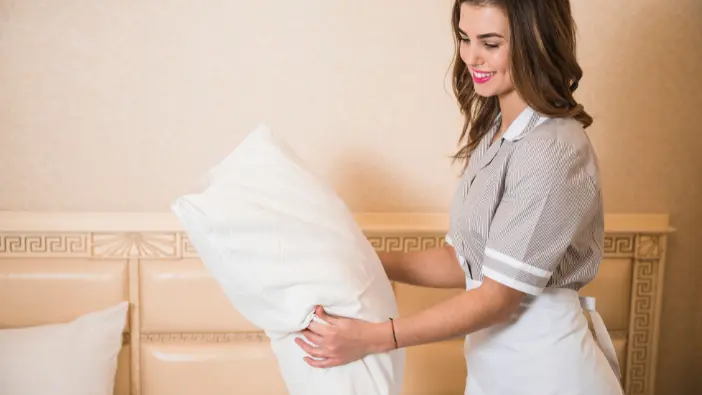
Common Mistakes to Avoid When Cleaning Pillows
- Using too much detergent: This can leave residue and make pillows stiff.
- Not drying pillows completely: Damp pillows can grow mold or mildew.
- Ignoring care labels: Always follow the instructions on the pillow’s label to avoid damage.
FAQs
Can all pillows be washed in the washing machine?
No, washing certain pillows, such as latex and memory foam, should be limited to spot treatment.
How many times a year should I wash my pillows?
Nobody wishes to sleep on a permanent cloud of dust, and with that said, you should wash your pillows at least every 3 to 6 months.
Can I use bleach to clean pillows?
It’s best to avoid bleach because it is a caveman approach to cleaning beautiful fabrics and pillows you own.
Conclusion
Pillows are washed knowing what order to do tasks, so the process is easy. Cleaning prevents stuffed-up sinuses and blocked noses as it keeps dust and other allergens at bay. Pillows also look and feel more comfy when they are clean. Common sense and these tips or advice keep your pillows in good condition and allow you to sleep better at night. Counting sheep is much easier when you have clean and fluffy pillows.

